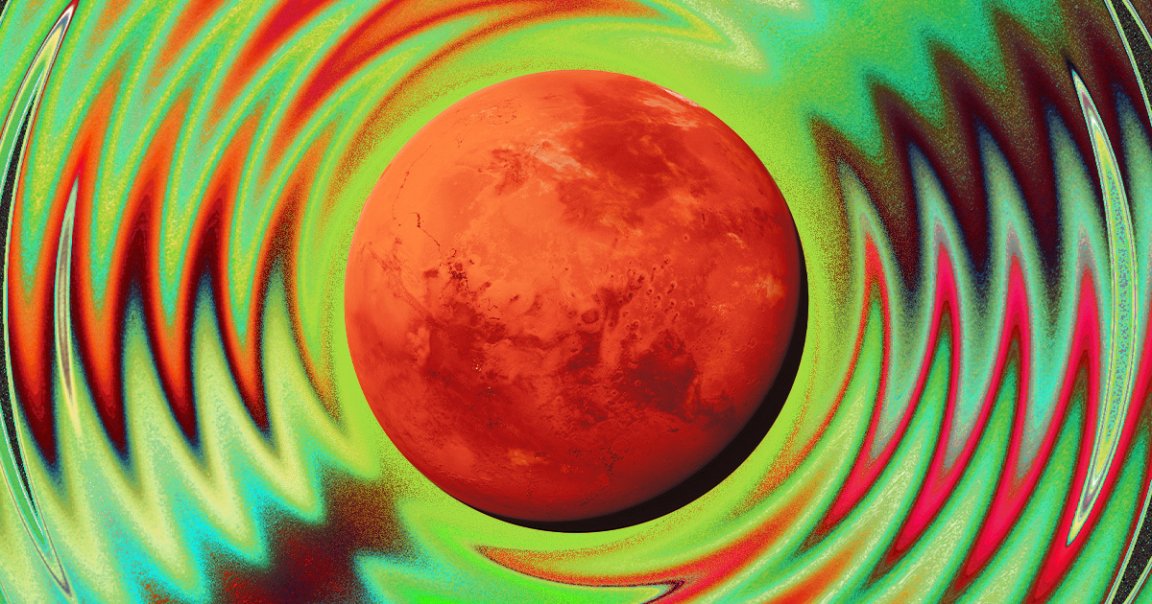
Close Encounter
Our modern, scientific search for extraterrestrial intelligence, or SETI, may trace its origins to an eccentric little experiment that took place almost exactly 100 years ago.
The man behind it was American astronomer David Todd, who in August of 1924 endeavored to listen to radio signals from the planet Mars.
As The New York Times explains, Martian mania was still in full swing back then, so the best — or at least most exciting — candidate for intelligent aliens was considered to be the Red Planet.
And that year presented a unique opportunity: Mars would be at opposition, meaning that for a brief window, it would be at its closest point to Earth, coming within a scant 34 million miles of our planet.
Team Effort
To take advantage of the planets aligning, Todd would need some help — as well as some peace and quiet.
He recruited an inventor named Charles Francis Jenkins, who helped develop the first televisions, to his cause. From a lab, Jenkins’s job was to operate a radio that fed the data from any intercepted signals into an invention of his that would print out the radio waves on paper.
And now for the big ask: Todd wanted radio stations around the world to go quiet so his airborne antenna, perched on a dirigible, could clearly hear Martian signals, according to The Washington Post.
He fell short of his global ambitions. But somehow, he managed to convince the US navy to enforce intermittent periods of radio silence across the nation. All Todd asked for was for the airwaves to be clear for five minutes at the beginning of each hour for three days between August 21 and 24.
Good Listeners
And it paid off. As a spell of radio silence fell across the nation, Todd and Jenkins picked up an intriguing signal. Printed on paper, the radio waveforms resembled a “crudely drawn face,” kicking up a media storm, according to the NYT, that had the public dreaming up visions of little green men as fanatically as they ever had in that era of Mars mythologizing.
Except that no one could say what the source of the signal actually was. “It’s a freak which we can’t explain,” Jenkins said, per the NYT.
Was it Martian? Was it Martians? No one knew, and ultimately, Jenkins, fearful of looking like a kook, concluded it had “nothing to do with Mars.” Mysterious as it was, the signal’s ambiguity meant that it wasn’t the clear-cut sign of an extraterrestrial presence they had hoped for.
The outcome may have been disappointing, but the experiment was arguably seminal, even if Todd and Jenkins didn’t realize it. As the NYT notes, the field of radio astronomy hadn’t even been realized yet, and wouldn’t be for another decade. And here we are a century later, still searching the heavens for a sign of life.
More on SETI: Paper Proposes New Way to Calculate Number of Alien Civilizations